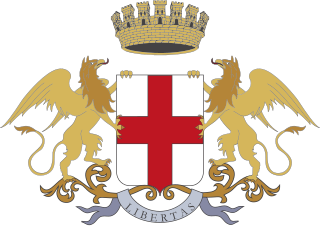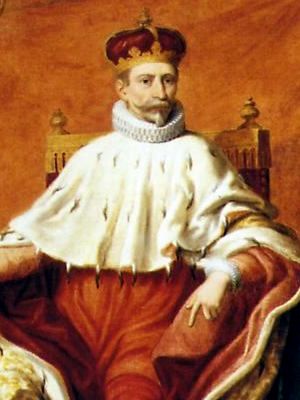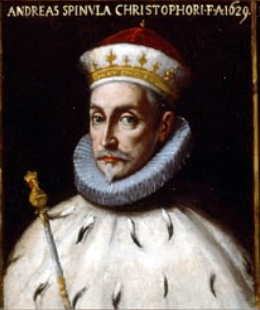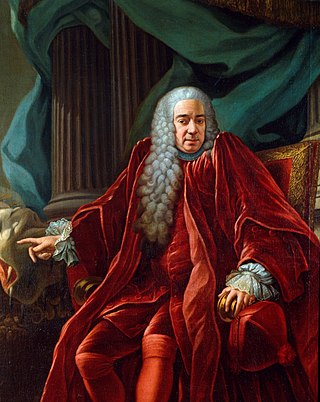
The Great Council and Minor Council were the two chambers of the political system of the Republic of Genoa that elected the Doge from 1528 to 1797.

The Great Council and Minor Council were the two chambers of the political system of the Republic of Genoa that elected the Doge from 1528 to 1797.
In 1528, the Genoese Admiral Andrea Doria reformed the constitution of the Republic of Genoa. Before 1528, there was a closed circle of three institutions that kept each other in balance: a Doge elected for life, a Senate of eight senators, and the College of Prosecutors. The College of Prosecutors was a group of attorneys and governors; these were respectively concerned with finances and the administration of justice. With Doria's reformation, this form of government was replaced by the Great Council and the Minor Council, and the doge's term of office was shortened from life to two years. The reformation ended the closed circle of aristocratic families of doges, that ruled the Republic for centuries. The Great Council and Minor Council lasted until 1797, when the Genoese Republic was conquered by Napoleon. [1] [2]

The Great Council was made up of 400 influential people from the Republic, not necessarily of the nobility. Most of them were bankers, cloth merchants, captains, doctors, magistrates, notaries and scholars. 300 of them were selected from hundreds of names by the Great Council, while the last 100 were selected by the Minor Council. [3]
The Minor Council consisted of a dozen nobles. They appointed each other. The Senate and the College of Prosecutors had to work with the Minor Council on any legislation; without the agreement of one of them, no new laws were introduced. These three institutions were also jointly responsible for warfare, the making of international treaties and alliances. The Doge was bound by what the three institutions agreed. [3] [2]
The main authority of the Grand Council and Minor Council was to elect the Doge every 2 years. This importance was reflected in the fact that both electoral colleges met in the Doge's Palace. The Great Council drew up a list of candidates. The list went to the Minor Council, which selected a few candidates. The Minor Council sent its list to the Great Council for the final round of voting. Member after member in the Grand Council stood up and voted until a majority was found around one candidate, finally electing the new Doge of the Republic. [4]

The Doge of Genoa was the head of state of the Republic of Genoa, a city-state and soon afterwards a maritime republic, from 1339 until the state's extinction in 1797. Originally elected for life, after 1528 the Doges were elected for terms of two years. The Republic was ruled by a small group of merchant families, from whom the doges were selected.

The Republic of Genoa was a medieval and early modern maritime republic from the years 1099 to 1797 in Liguria on the northwestern Italian coast. During the Late Middle Ages, it was a major commercial power in both the Mediterranean and Black Sea. Between the 16th and 17th centuries, it was one of the major financial centres in Europe.

The Delle Piane family is an old Genoese noble family first recorded in Polcevera in 1121. Over the past ten centuries it has produced many distinguished government officials, clerics, diplomats, soldiers and patrons.

The Doge's Palace is a historical building in Genoa, northern Italy.

Giacomo Maria Brignole Sale was the 176th and 184th Doge of the Republic of Genoa, respectively from 1779 to 1781 and from 1795 to 1797. He was the last doge in the history of the Republic, and the only one elected twice, a unique case in the history of that Republic for the biennial election doges. After Brignole's dogeship the Genoese state and the office were abolished.

Giovanni di Murta was elected the second Doge of the Republic of Genoa after the resignation of Simone Boccanegra, on 25 December 1345. His dogate was dominated by his attempts to break the circle of political violence which had crippled the city over the past century and to reassert Genoese dominion over the Mediterranean colonies.

Giovanni II Valente was the third doge of the Republic of Genoa. His time in office was marked by the crushing defeat of the city against the Venetians at the naval Battle of Alghero. Giovanni had already asked to succeed the first doge of the Republic in December 1345 but had turn down the responsibility.

Giuseppe Maria Doria was a Genoese nobleman, elected 183rd Doge of the Republic of Genoa. He was the last member of the house Doria to serve in that office.

Giovanni Francesco Brignole was the 102nd Doge of the Republic of Genoa and the first king of Corsica.

Andrea Spinola was the 99th Doge of the Republic of Genoa.

Davide Vacca was the 76th Doge of the Republic of Genoa.

Pietro De Franchi Sacco was the 84th Doge of the Republic of Genoa.

Giorgio Centurione was a Genoese patrician and the 95th Doge of the Republic of Genoa.

Ambrogio Doria was the 94th Doge of the Republic of Genoa.

Giovanni Battista Lercari was the 64th Doge of the Republic of Genoa.

Nicolò Doria was the 72nd Doge of the Republic of Genoa.

Agostino Viale was the 160th Doge of the Republic of Genoa.

Giacomo Grimaldi Durazzo was the 69th Doge of the Republic of Genoa.

Agostino Doria was the 83rd Doge of the Republic of Genoa.

Luca Giustiniani was the 107th Doge of the Republic of Genoa and king of Corsica.